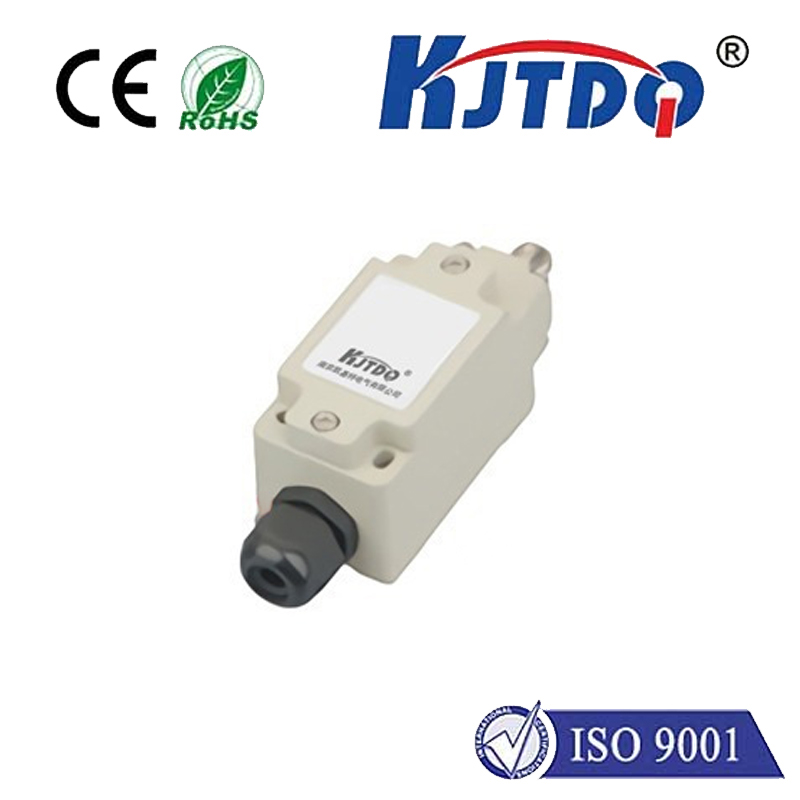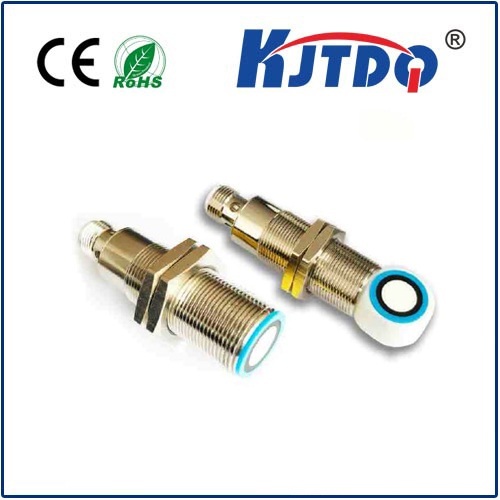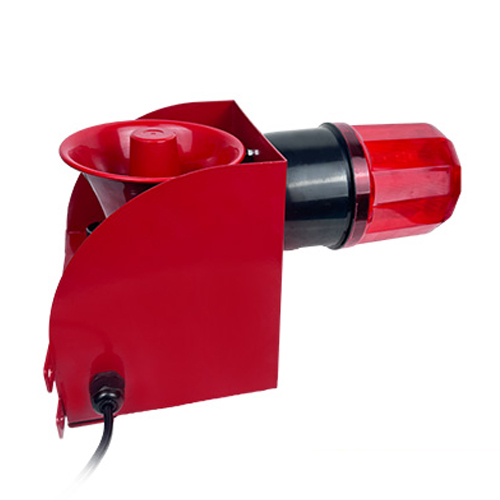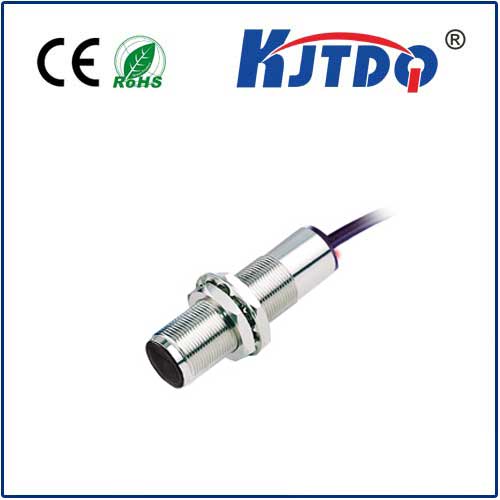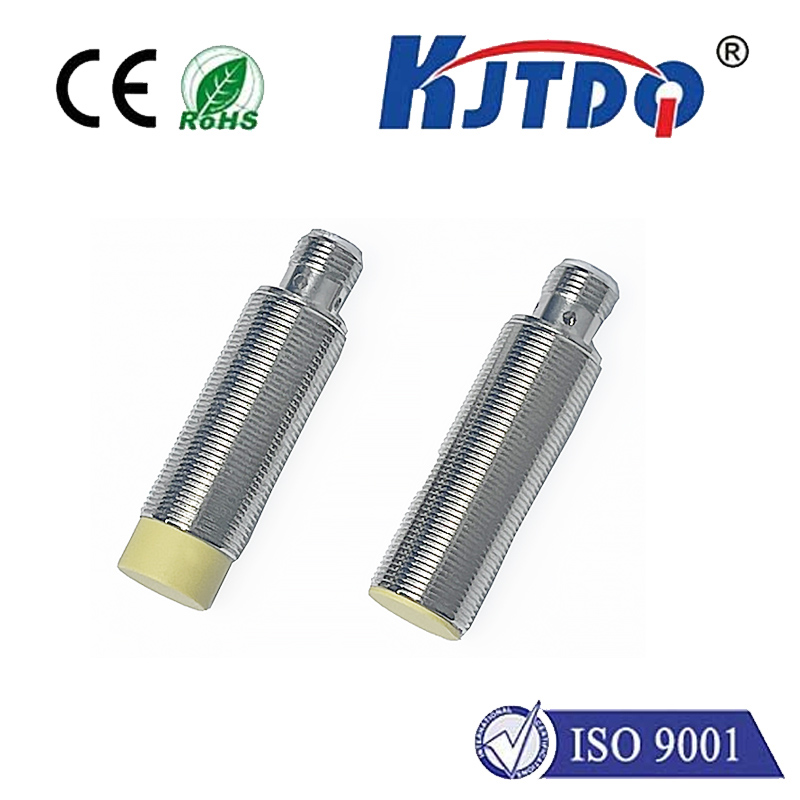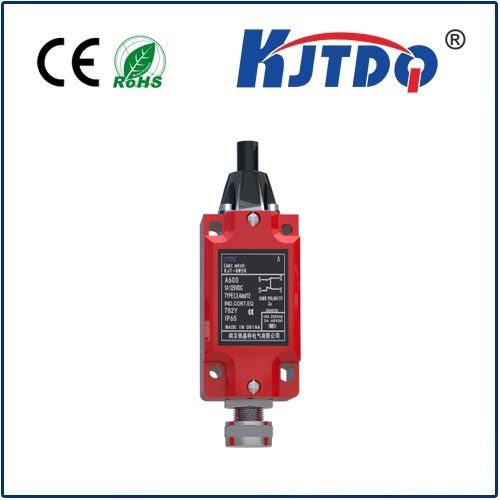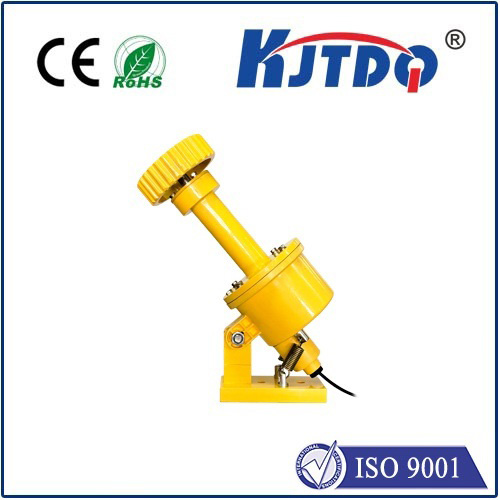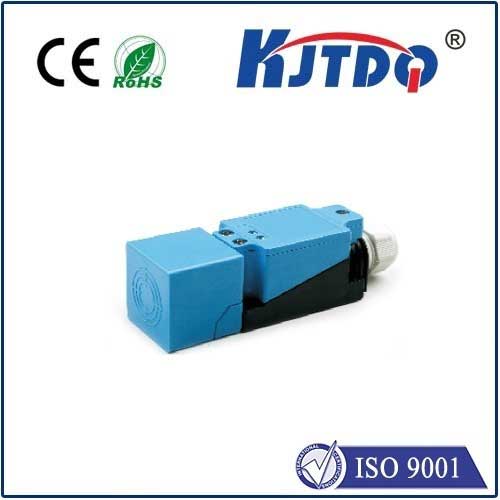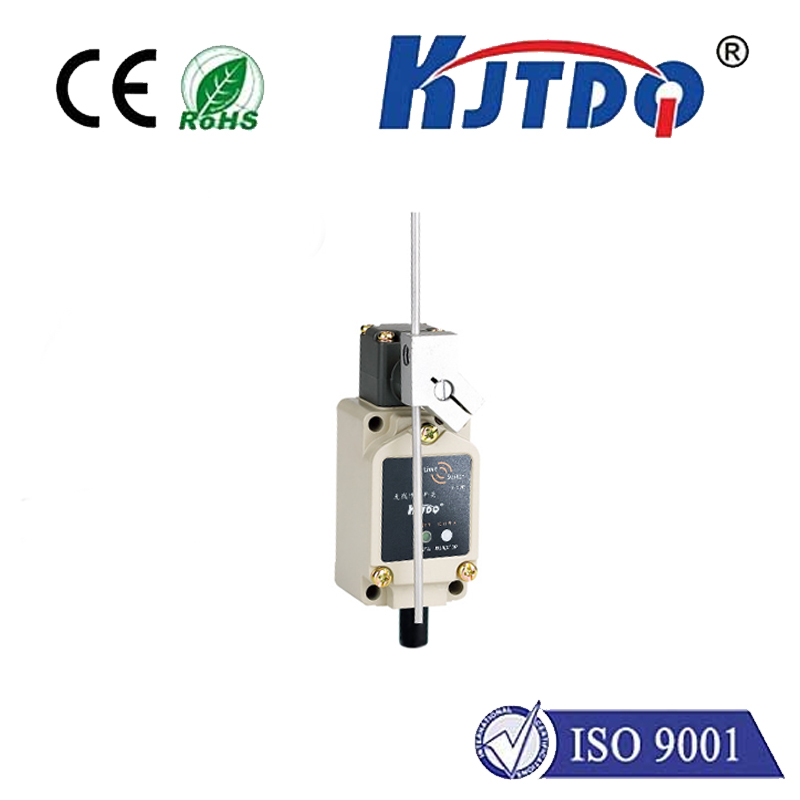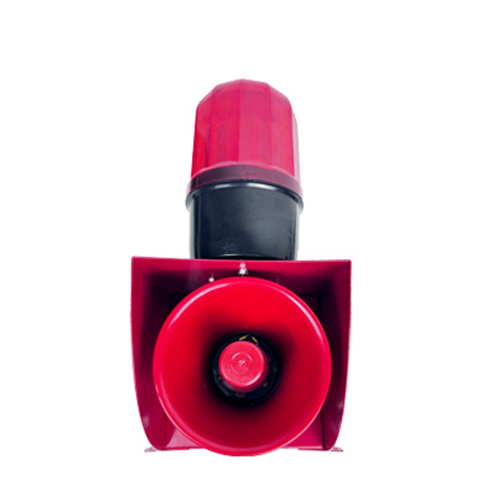retro reflective photoelectric sensor
- time:2024-10-17 01:31:46
- Click:0

Title: Retro Reflective Photoelectric Sensor: A Comprehensive Guide
Introduction
In the world of automation and sensing technology, retro reflective photoelectric sensors have become increasingly popular due to their ability to detect objects without physical contact. This article will provide a comprehensive guide to understanding retro reflective photoelectric sensors, including their principles of operation, applications, advantages, and limitations.
Principles of Operation
A retro reflective photoelectric sensor consist of an infrared emitter, a lens, and a photodiode. The emitter sends out infrared light towards the object being detected. When the light hits the object, it reflects back towards the photodiode. The photodiode then converts this reflected light into an electrical signal that can be processed by a microcontroller or other electronic system.
The key feature of a retro-reflective photoelectric sensor is its use of a reflector to direct the reflected light onto the photodiode. The reflector is typically made of a material with a high reflectivity, such as aluminum or glass beads. This ensures that even if the object being detected is not directly in front of the sensor, the reflected light will still be directed back to the photodiode.
Applications
Retro reflective photoelectric sensors are used in a wide range of applications, including industrial automation, automotive systems, security systems, and more. Some specific examples include:
- Automotive parking assist systems: These systems use retro-reflective photoelectric sensors to detect nearby objects and help drivers park their vehicles safely.
- Conveyor belt systems: Retro reflective photoelectric sensors are used to detect packages or boxes on conveyor belts and trigger sorting mechanisms.
- Security systems: Retro reflective photoelectric sensors can be used in motion detectors and alarm systems to detect intruders.
- Office equipment: Retro reflective photoelectric sensors are used in printers, copiers, and other office equipment to detect paper jams and other issues.
Advantages
There are several advantages to using retro-reflective photoelectric sensors over other types of sensors:
- Non-contact detection: Unlike mechanical switches or touch sensors, retro-reflective photoelectric sensors do not require physical contact with the object being detected. This makes them ideal for applications where contamination or damage could occur from physical contact.
- Long detection range: Retro-reflective photoelectric sensors can detect objects from a greater distance than many other types of sensors, making them suitable for large facilities or outdoor environments.
- High precision: The use of a reflector ensures that even small changes in position or orientation of the object being detected can be accurately detected by the sensor.
- Easy installation and maintenance: Retro-reflective photoelectric sensors are relatively easy to install and maintain, requiring only basic electrical knowledge and tools.
Limitations
Despite their many advantages, retro-reflective photoelectric sensors also have some limitations that should be considered when selecting a sensor for a particular application:
- Limited detection angles: Retro-reflective photoelectric sensors have a limited detection angle, typically around 15 degrees. This means they may not be able to detect objects that are not directly in front of them.
- Sensitivity to environmental conditions: Retro-reflective photoelectric sensors can be affected by factors such as temperature, humidity, and vibration, which can impact their accuracy and reliability.
- Cost: Retro-reflective photoelectric sensors can be more expensive than other types of sensors, particularly if high performance or long detection ranges are required.
Conclusion
Retro reflective photoelectric sensors are versatile and reliable devices that offer many benefits for a wide range of applications. By understanding their principles of operation, applications, advantages, and limitations, engineers and designers can make informed decisions when selecting a sensor for their specific needs.












